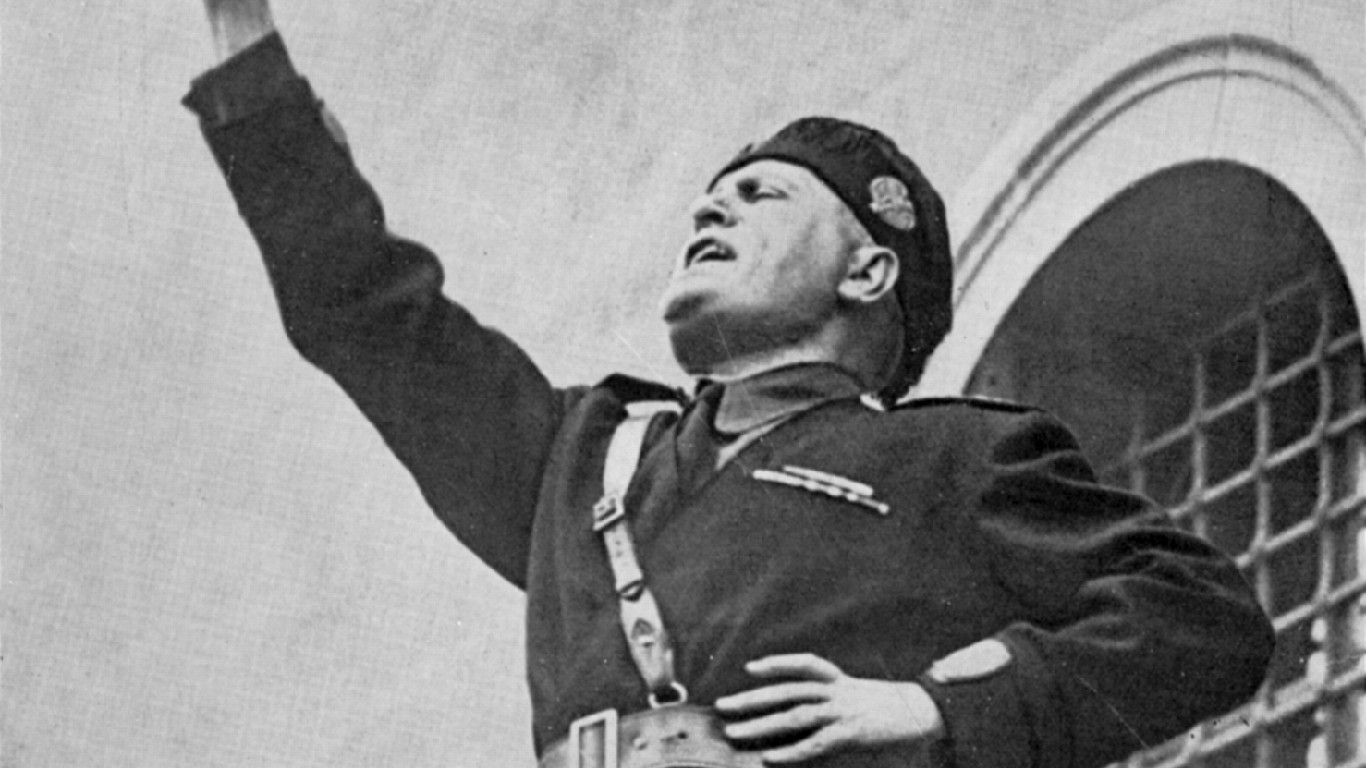
Ever since the days of the Roman Empire, European countries have dreamed of uniting the continent again under one government. In no country was that dream held more dearly than Italy, where the ruins of its former glory stood as a constant reminder of how far the country had fallen from those glory days into a second-rate power. Fascist Italian dictator Benito Mussolini joined the Axis with Germany to take his shot at becoming a new Roman Caesar. These are the countries he ruled, briefly, and how he and his ambitions died.
24/7 Wall St. Insights
- Italy’s fascist dictator wanted to rebuild the Roman Empire in southern Europe and Africa.
- The Italian army was not strong enough to realize the leadership’s ambitions and needed German troops to help them, which may have cost Germany the war.
- Check out: 2 Dividend Legends To Hold Forever and Discover “The Next NVIDIA
Rome’s Enduring Heritage
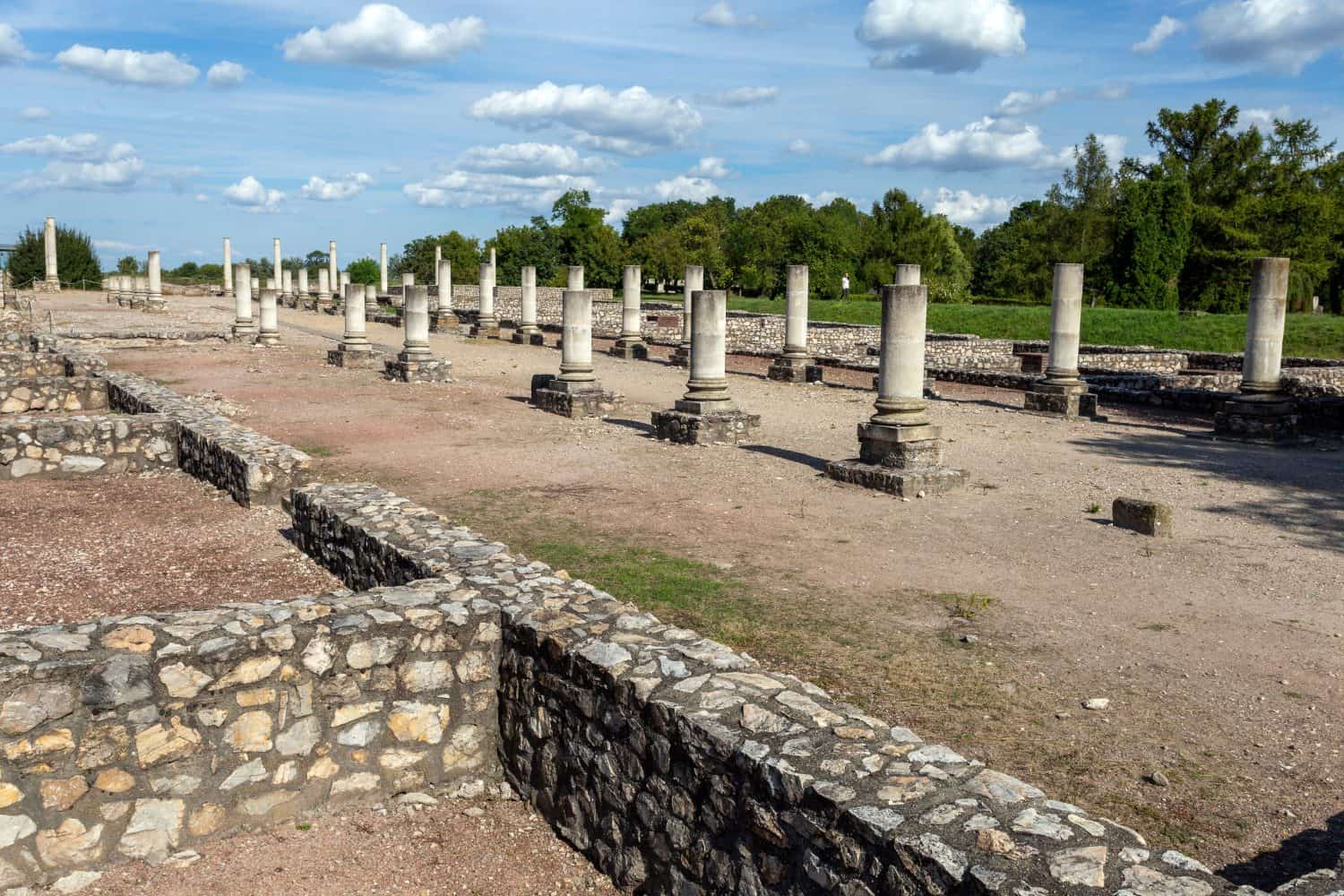
Starting from the single city of Rome in 27 BCE, the Roman Empire rapidly expanded until it took in all the territory around the Mediterranean Sea in North Africa, the Middle East, and Europe. It reached its greatest extent under Emperor Trajan from 98-117 CE.
Ultimately, the empire collapsed due to internal corruption and social disorder, and external pressure from Germanic tribes that pushed across its enormous and unmanageable border. The city of Rome and the western half of the empire fell in 476 CE while the East, headquartered in Constantinople, held on for another thousand years before falling to the Turks in 1453.
Divided Italy
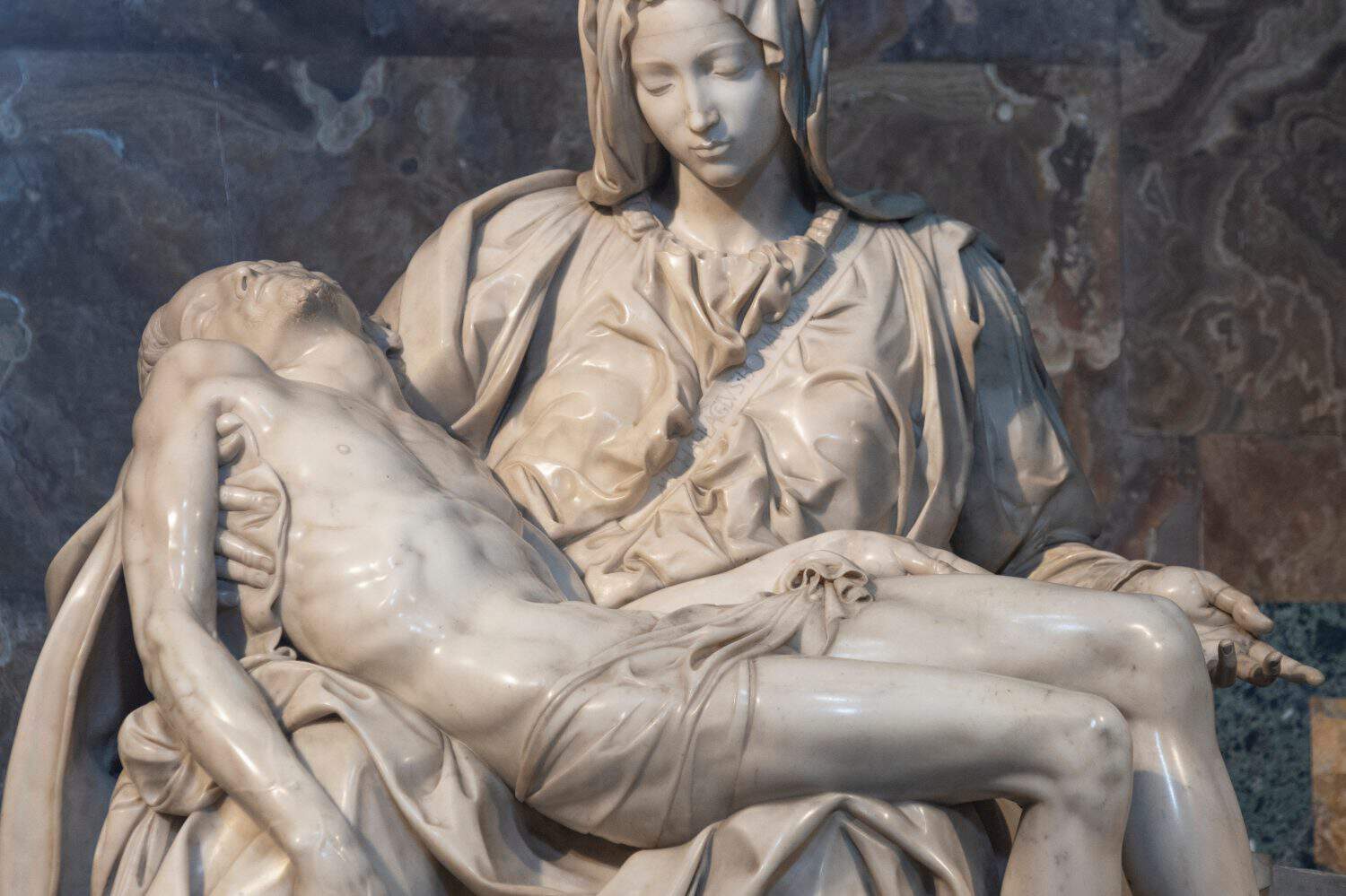
Italy itself fell apart into separate feuding city-states and small countries. In the Middle Ages some of these, like Venice, became wealthy and powerful through trade. Italy was at the heart of the Renaissance, creating art, architecture, philosophy, and other cultural achievements that are celebrated in Western civilization to this day. The Roman Catholic church was the major power broker in the western half of Europe and ruled the city of Rome and fluctuating territory around it in central Italy.
The Reunification of Italy
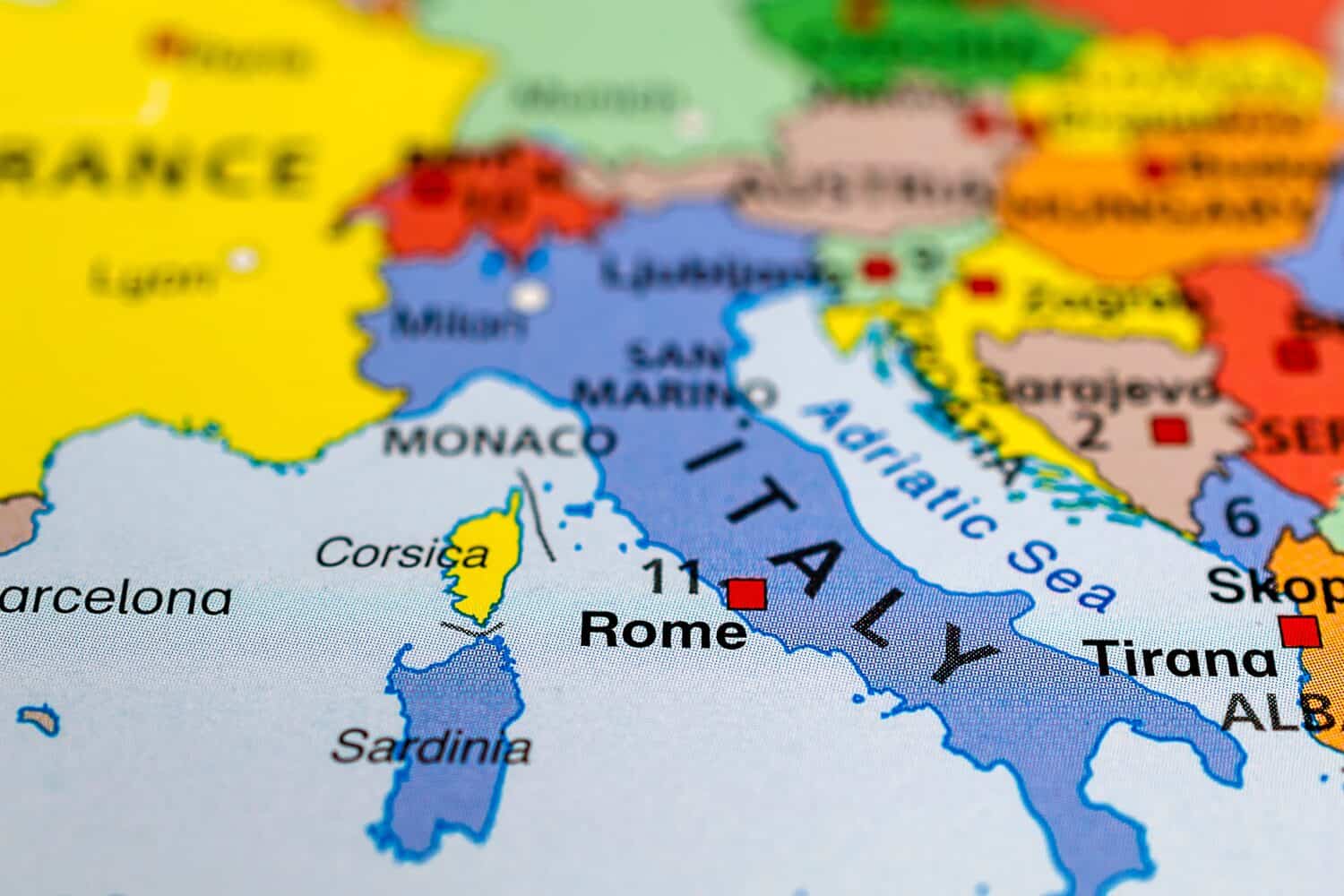
Italy united as a single country again in 1861, ten years before Germany did the same. Italy’s reunification was not peaceful. It took a series of wars as well as diplomatic effort to bring the country together. It was a process that was never totally completed, as Vatican City and San Marino both retained their independence.
What Italy Missed Out On
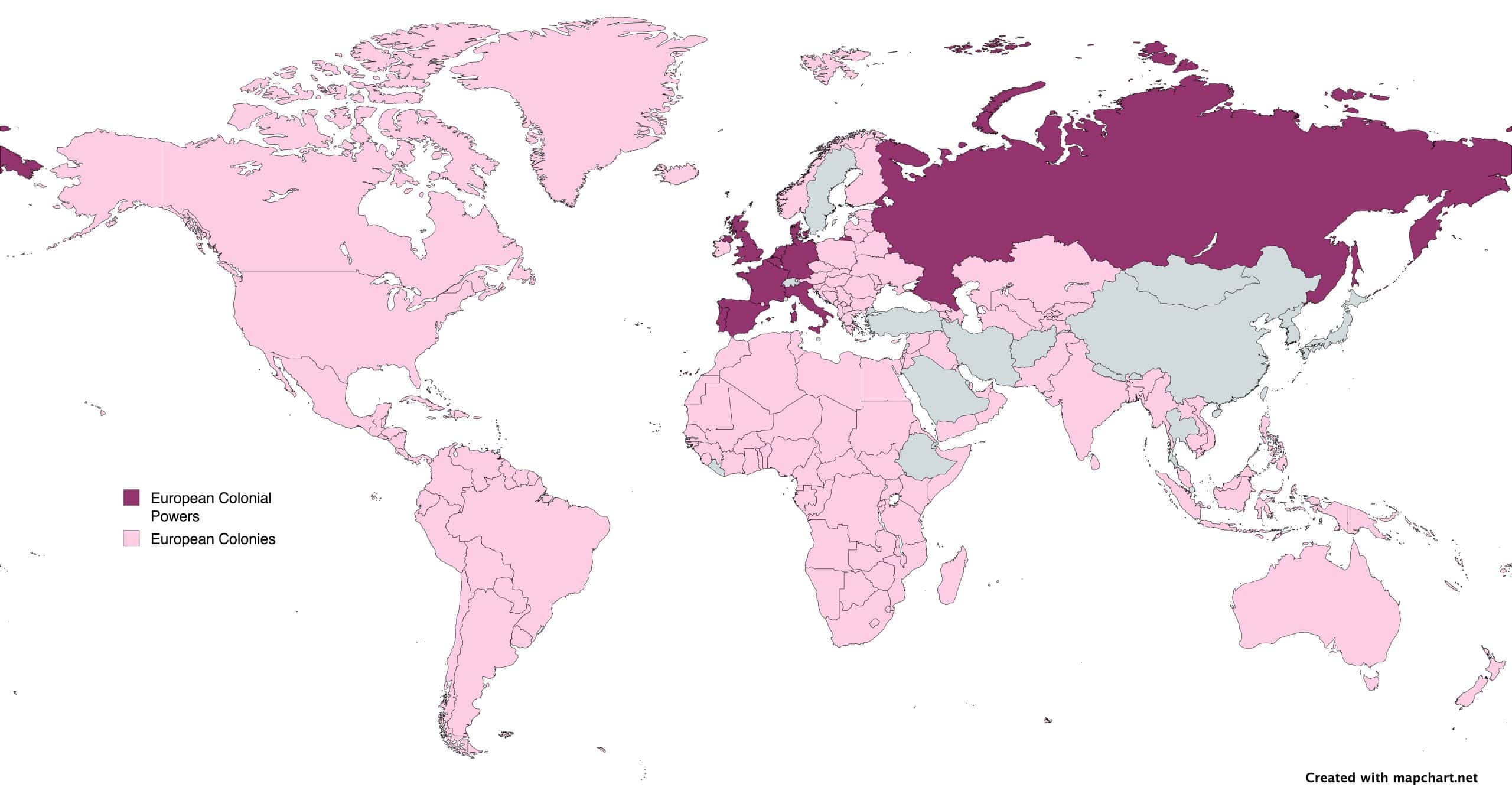
While Italy spent centuries fighting with itself, other European powers took over colonies all over the world. 10 countries took over almost every inch of territory on the planet. In the 19th century, owning colonies was considered a mark of being a great power. So after Italy and Germany each united, they wanted colonies of their own. By then, though, all the most desirable ones had been taken, so they took some of the last countries that had not been claimed. This left them wanting more.
Mussolini’s Rise to Power
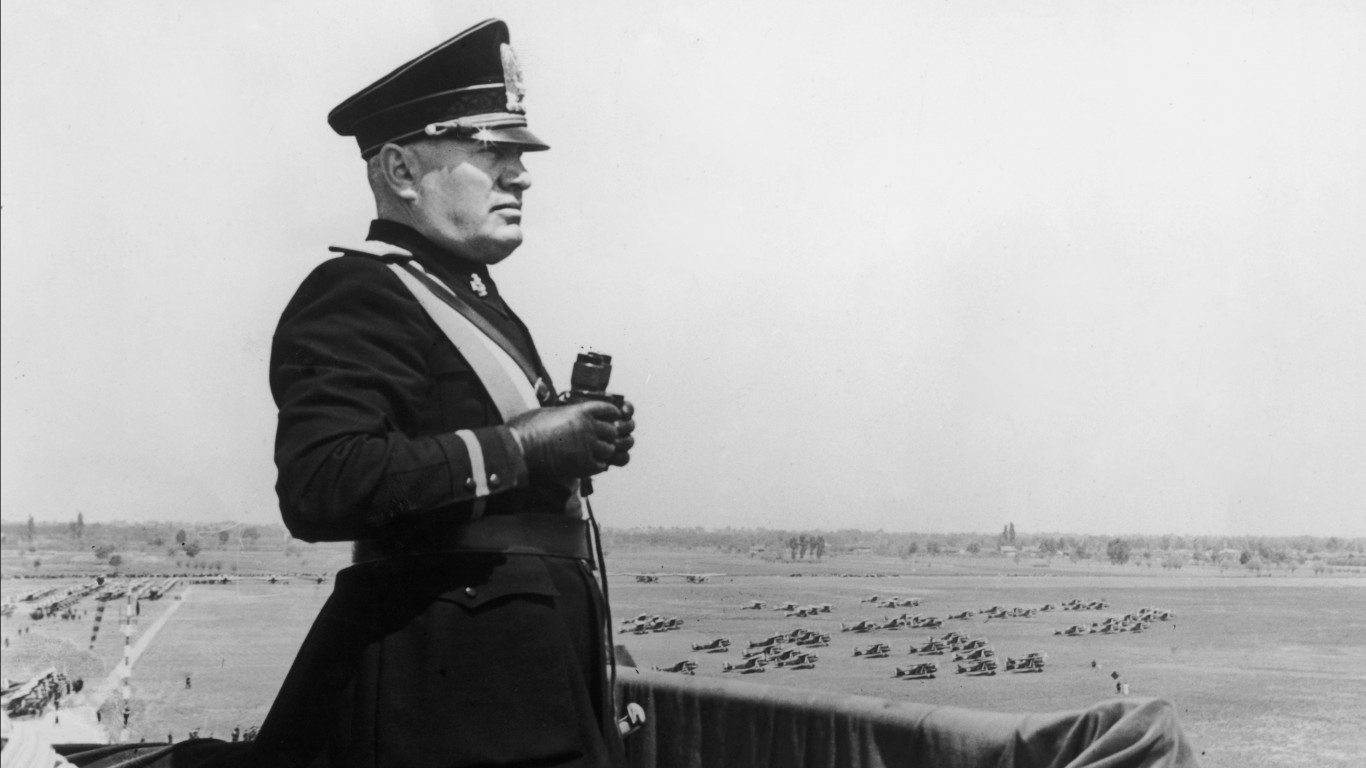
Benito Mussolini was a journalist who started out a Socialist but then founded Italy’s fascist movement in 1919. He gained a following by promoting Italian militarism and national pride at a time when the country had a lot of economic problems. He rose to power in 1922 and ruled until 1943.
Mussolini’s Dream for Italy
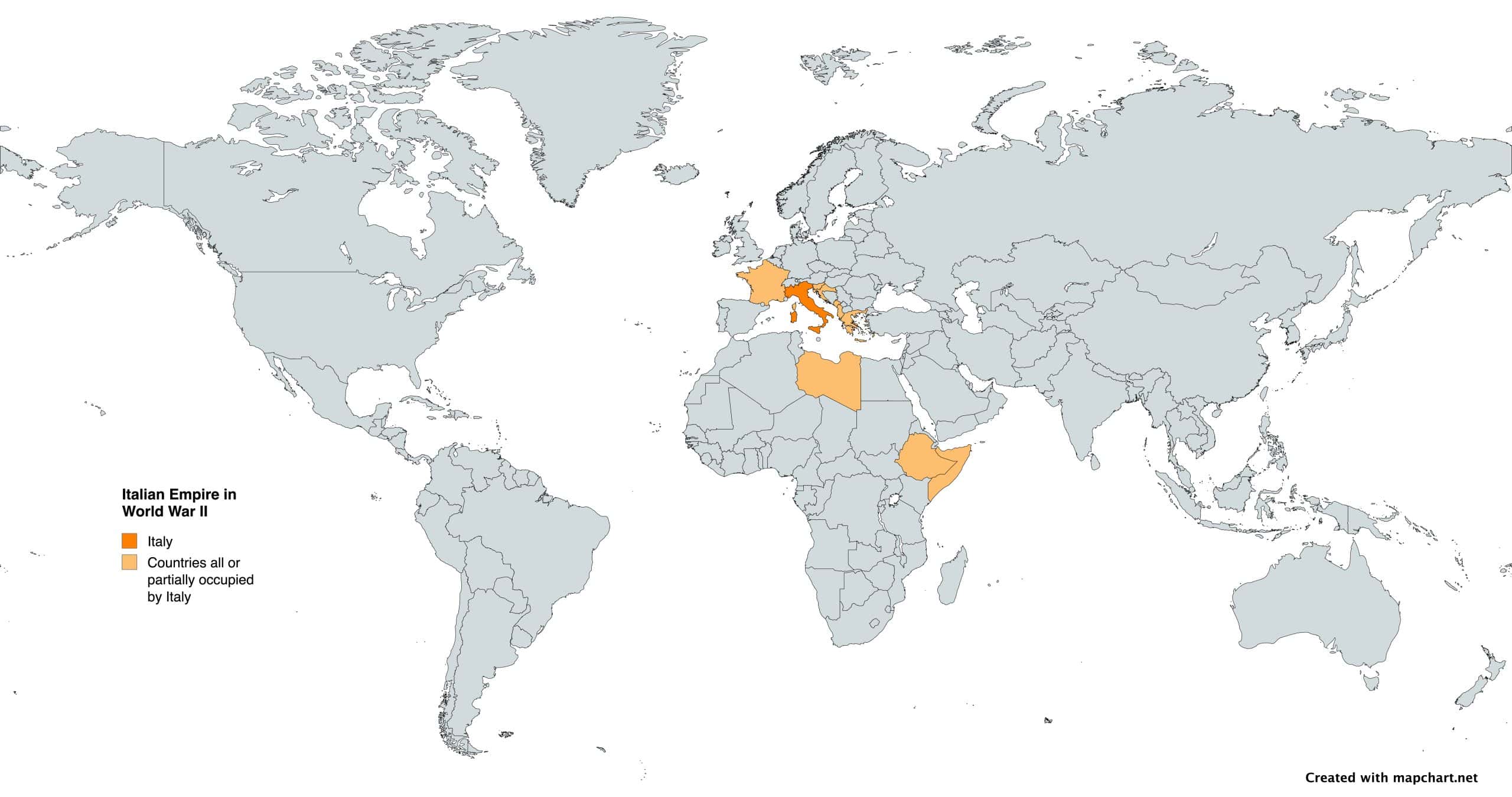
Mussolini wanted to establish a modern Roman Empire that would once again be the dominant power in the Mediterranean. He said that Italy coud “breathe easily” only if Italy had an African Empire stretching from the Atlantic to the Indian Ocean and settled 10 million of its own people in it. Most of this territory was under the control of France and the United Kingdom.
The Prelude to World War II

In the 1930s the world was in the throes of the Great Depression. Japan, Germany, and Italy seized the moment to expand their empires and heavily arm themselves. The Spanish civil war was a particularly significant moment, as it pitted Spain’s republican government against fascists and was a sort of prelude to the wider war. When Francisco Franco prevailed and established a fascist government in Spain in 1939, Italy and Germany were emboldened to go to war with the apparently ineffective Allies.
1. Libya
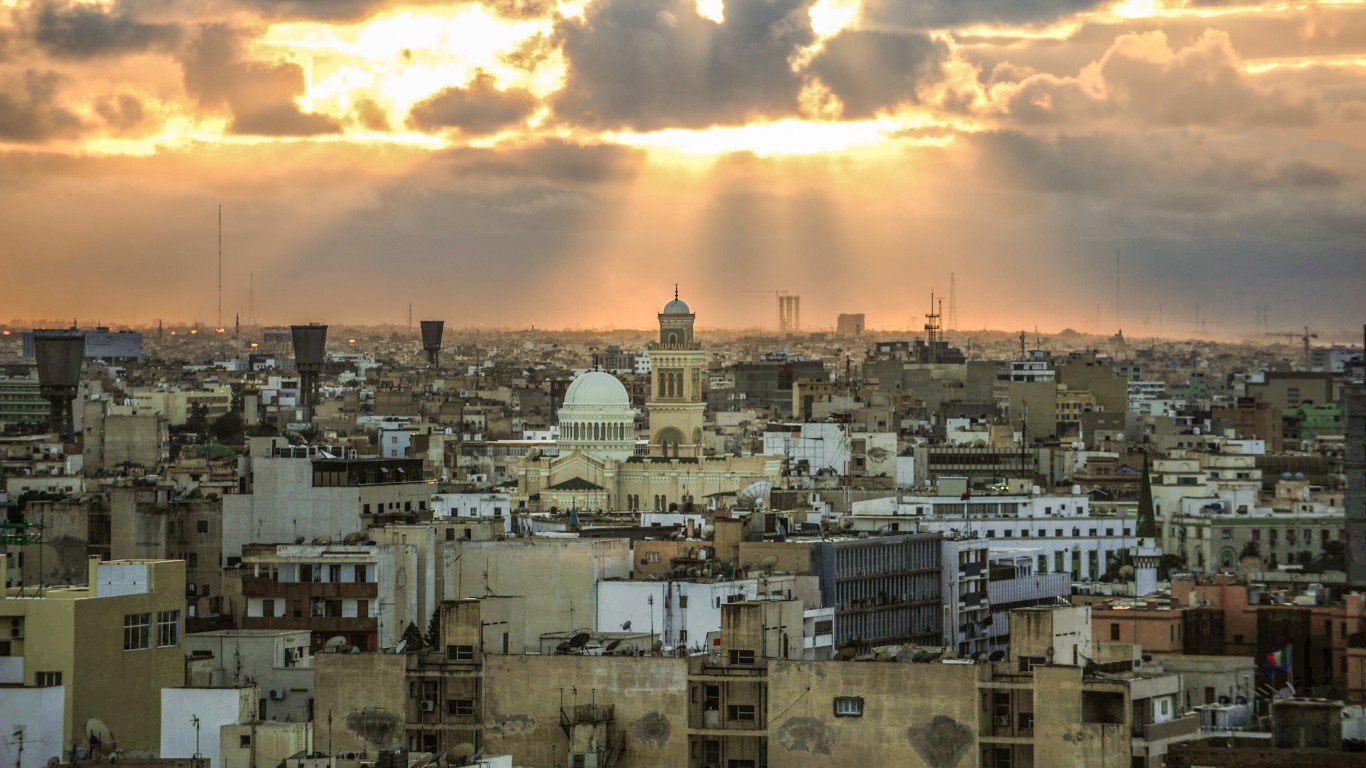
- Italian rule: 1911-1943
- Libya was an Italian colony before the war. Germany landed troops there and tried to capture Egypt and the Suez Canal from Britain, but they were defeated and driven back.
2. Eritrea
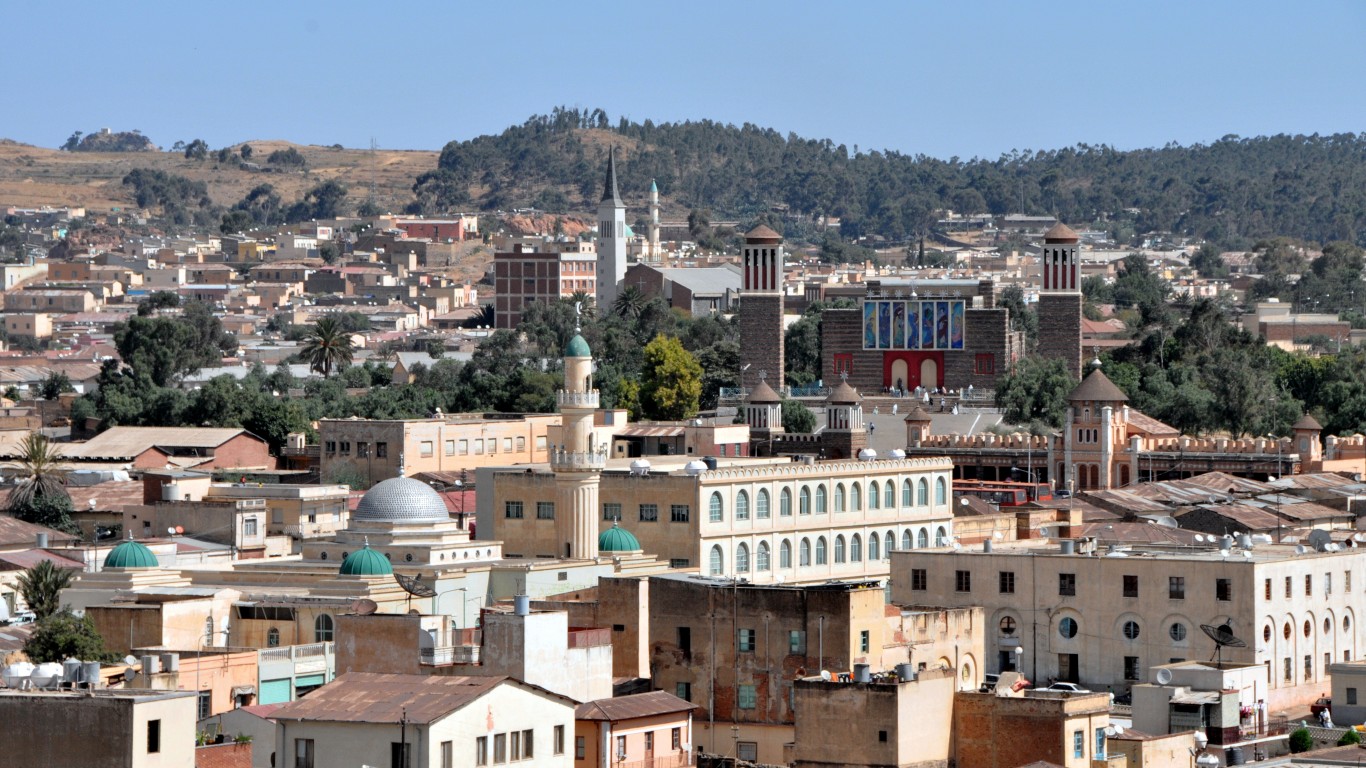
- Italian rule: 1890-1941
- Italy took over this Red Sea coastal country and used it as a base for the later invasion of Ethiopia.
3. Ethiopia
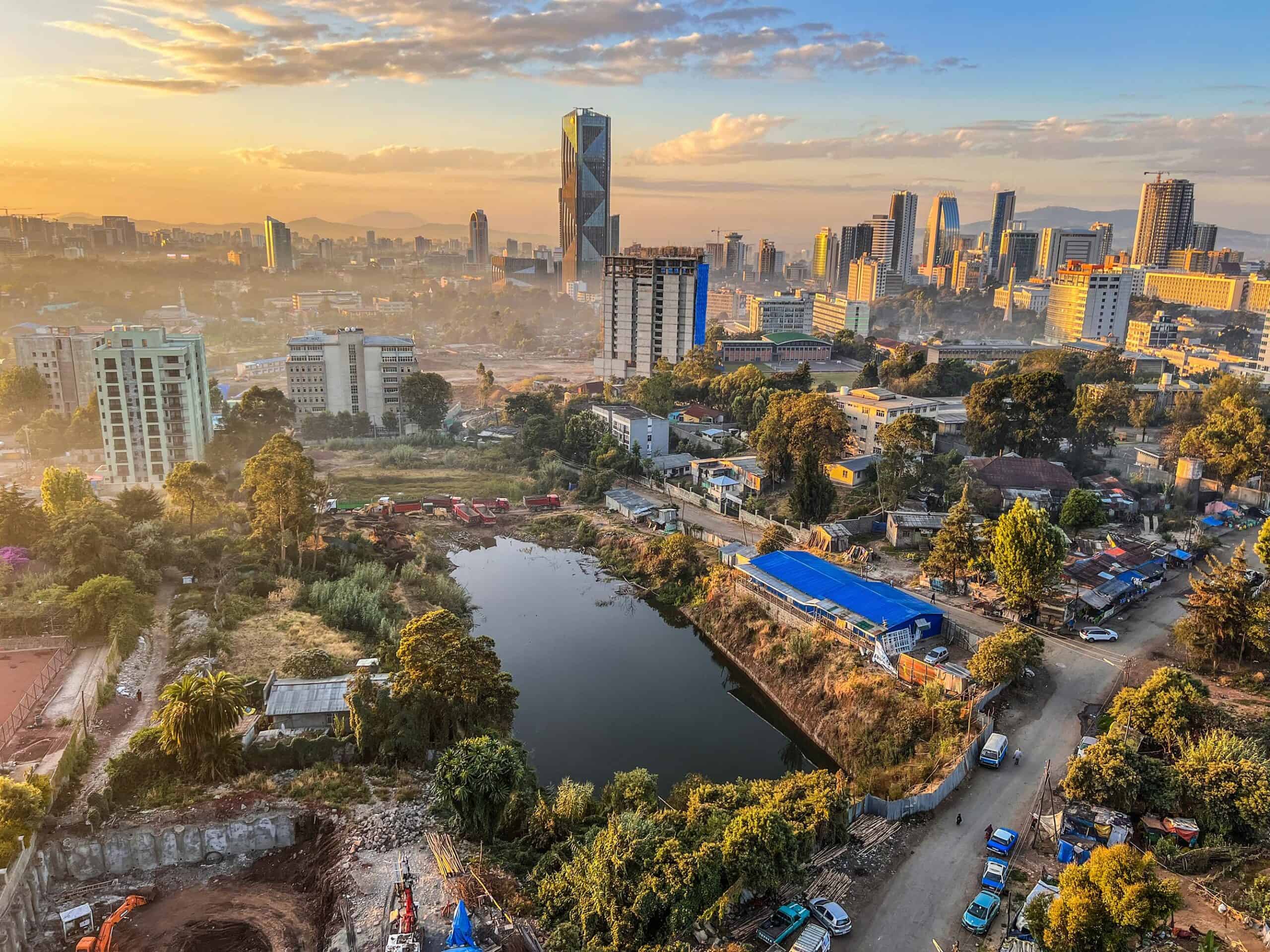
- Italian rule: 1935-1941
- Italy invaded Ethiopia 4 years before the start of World War II. this connected their colonies of Italian Somaliland and Eritrea. The combined region was called Italian East Africa.
4. Albania
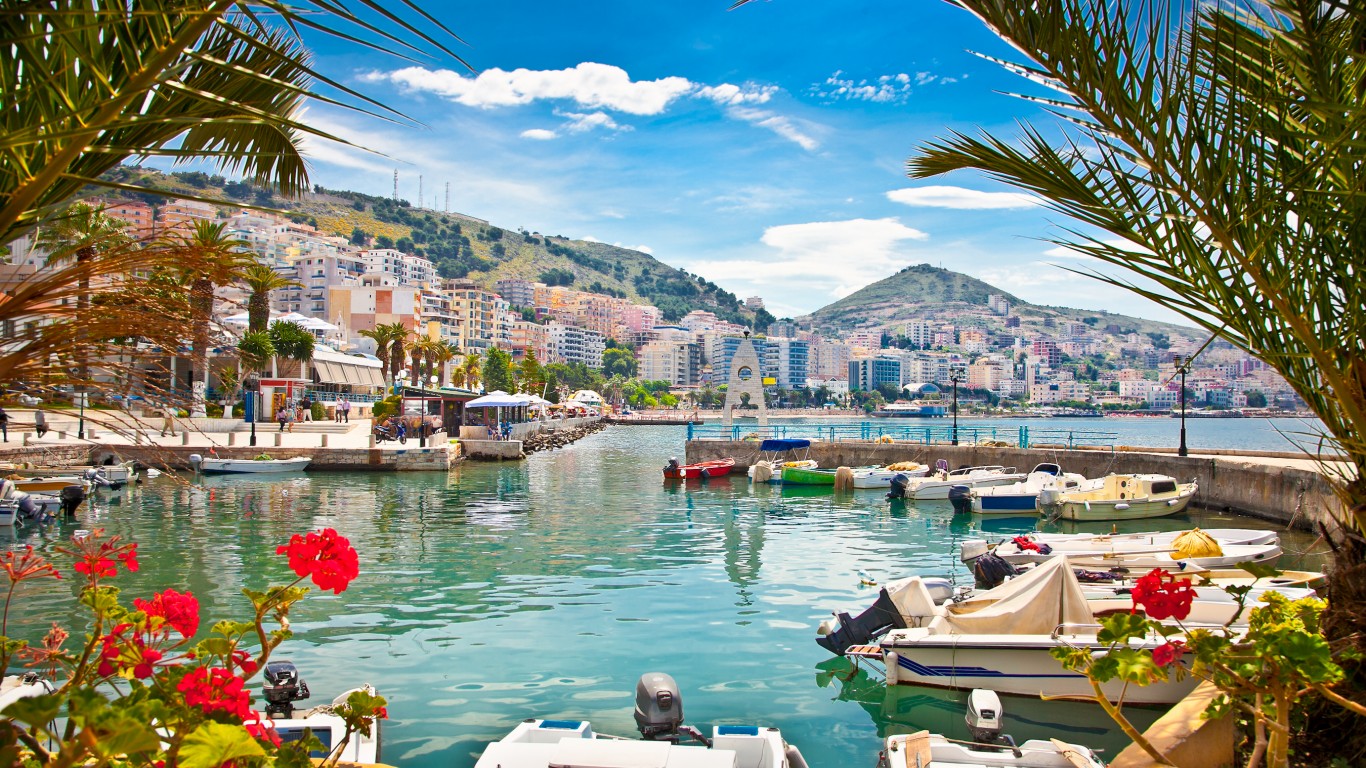
- Italian rule: 1939-1943
- Albania is just across the Adriatic Sea from the “heel” of the boot-shaped country of Italy. Italy used it as a staging point for invading neighboring Greece and Yugoslavia.
5. France

- Italian rule: 1940-43
- Italy invaded France in 1940 when the Germans were advancing in the north. Italy took over some border regions initially, then in 1942 took over more territory in southern France, including Corsica, Nice, and Savoy.
6. Somalia
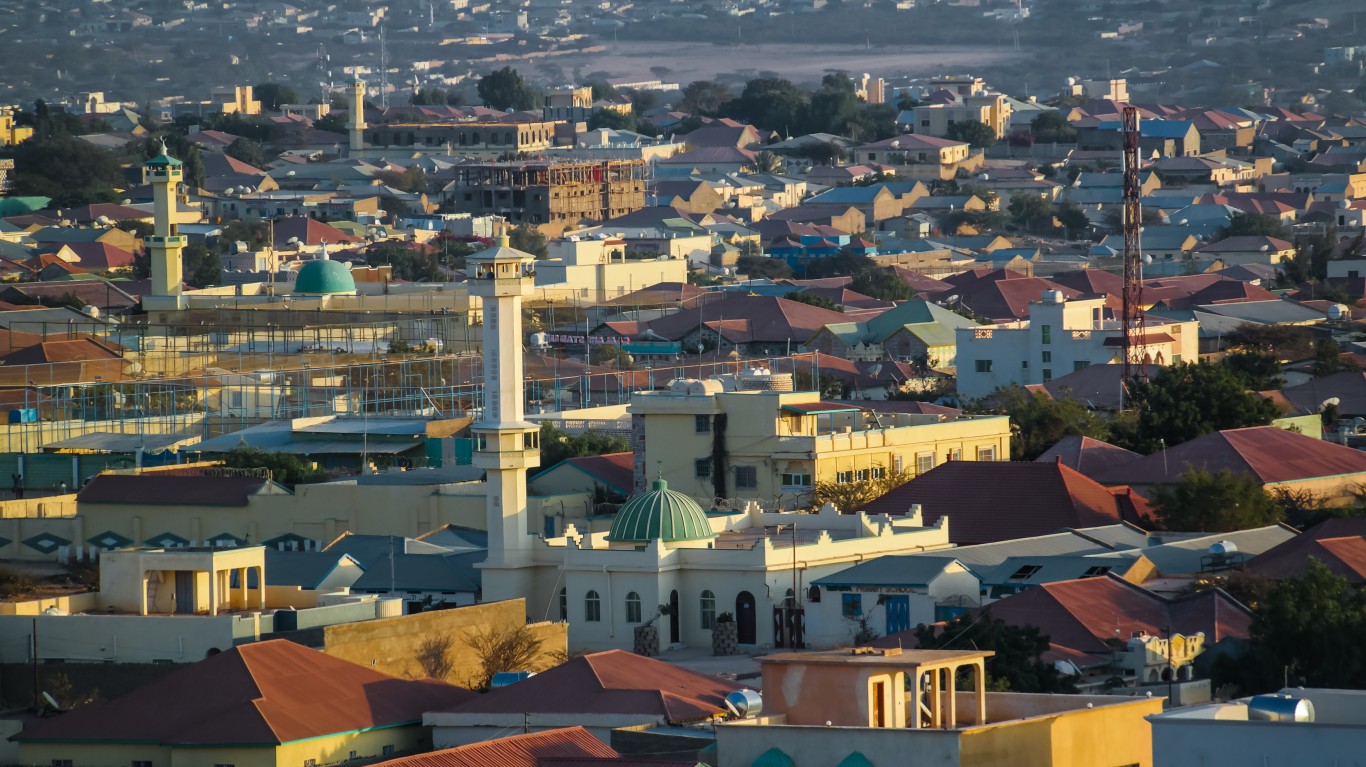
- Italian rule: Italian Somaliland: 1899-1941; British Somaliland: 1940-41.
- Britain colonized the north coast of Somalia on the Gulf of Aden while Italy took over the southeastern region on the Indian Ocean. Italy briefly took over British Somaliland but the Allies retook it a year later.
7. Greece
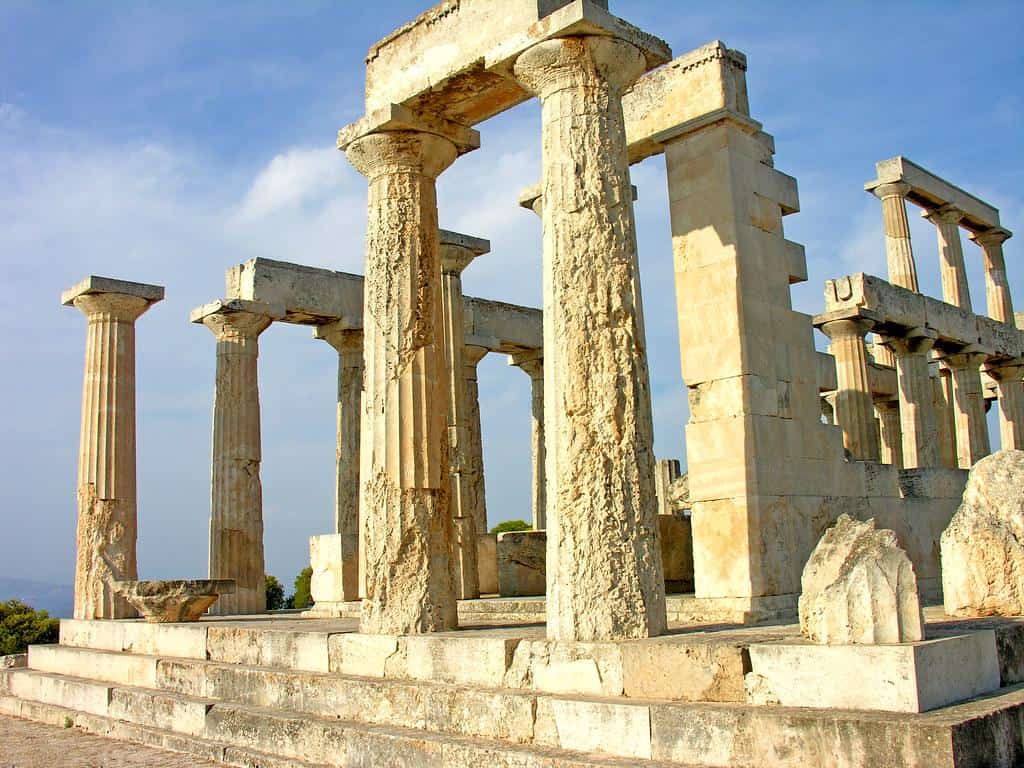
- Italian rule: 1940-43
- In ancient times, Greece was a culturally influential part of the Roman Empire, and the Romans borrowed extensively from every aspect of their culture, so much so that historians write about them as a combined “Greco-Roman” civilization. In World War II, the Greeks, supported by British Commonwealth military forces, firmly resisted Italy’s efforts to invade from Albania. Germany redirected some of its troops there and helped Italy take it over. This caused a delay in Hitler’s planned invasion of the Soviet Union and contributed to Germany’s defeat in the war.
8. Croatia
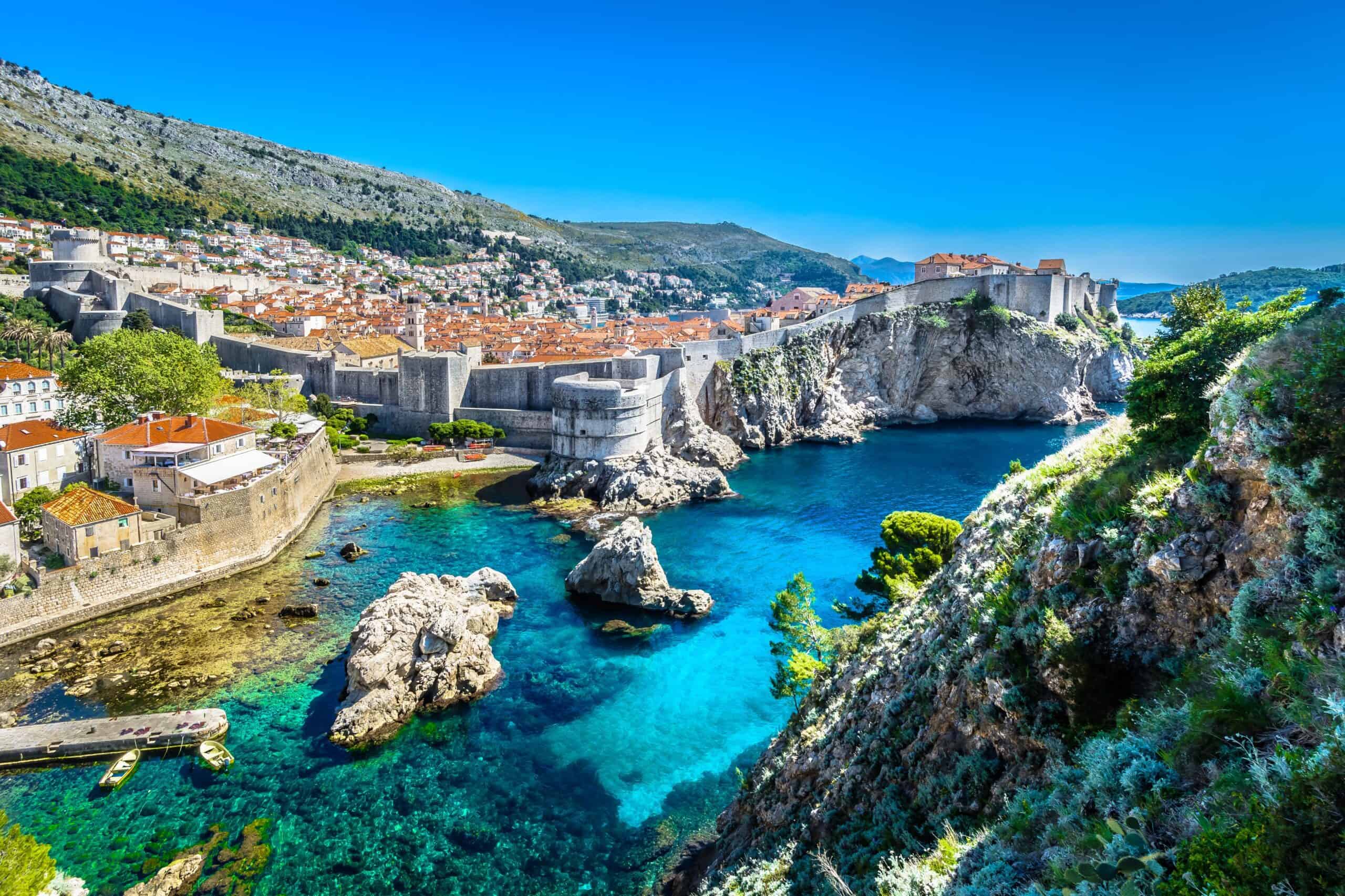
- Italian rule: 1941-43
- Croatia was part of Yugoslavia during the war. Italy occupied parts of it. The Croats cooperated with the Nazis, however, and were allowed to maintain a German puppet state in what is today Croatia and Bosnia & Herzegovina. Croatian fascists committed war crimes, including the mass murder of Serbs, Jews, and Roma people.
9. Slovenia
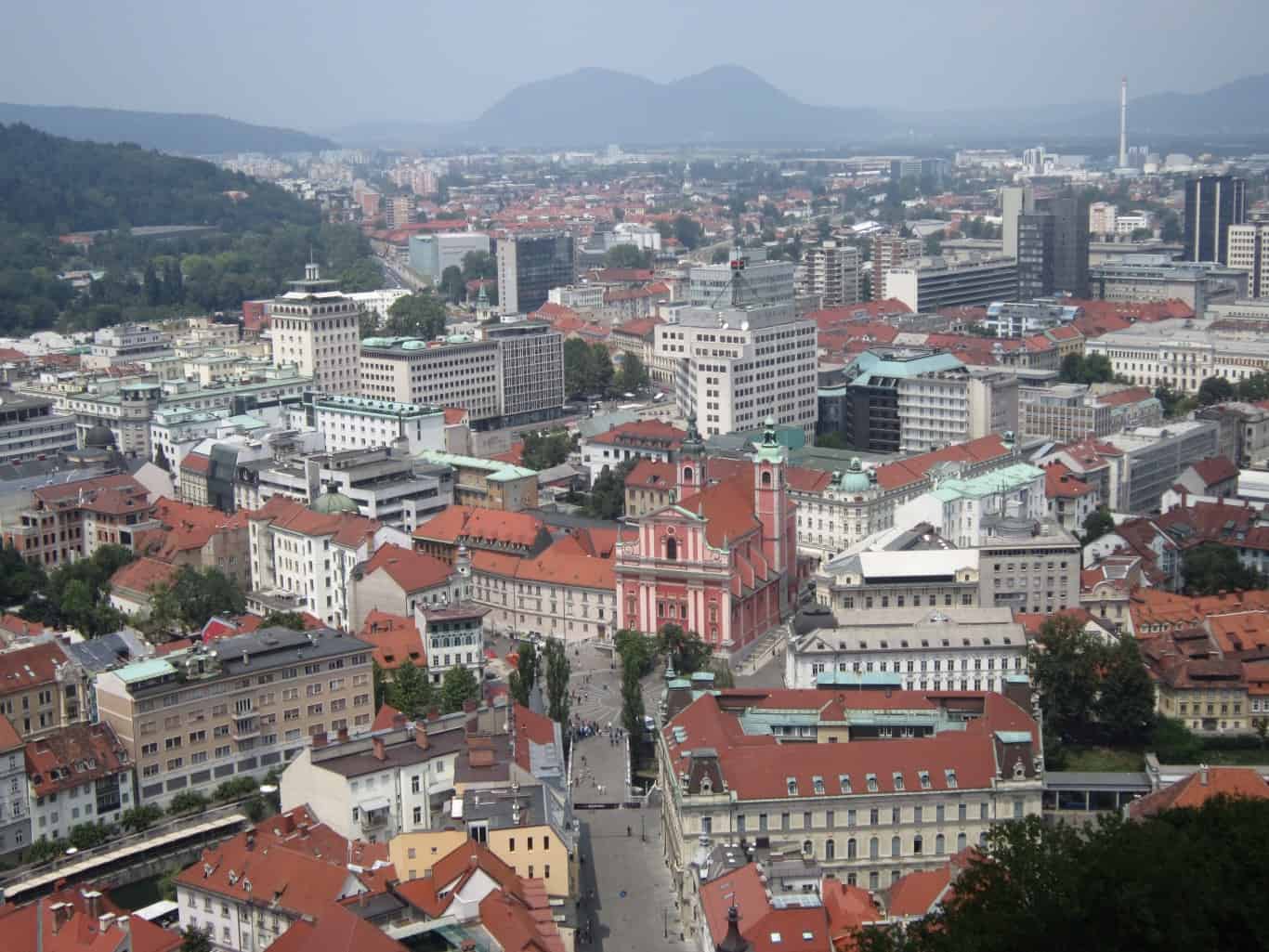
- Italian rule: 1941-43
- Slovenia was the northernmost part of Yugoslavia, and it shares a border with Italy. The Italians occupied about 2/3 of it during the war and Germany held the rest.
10. Montenegro
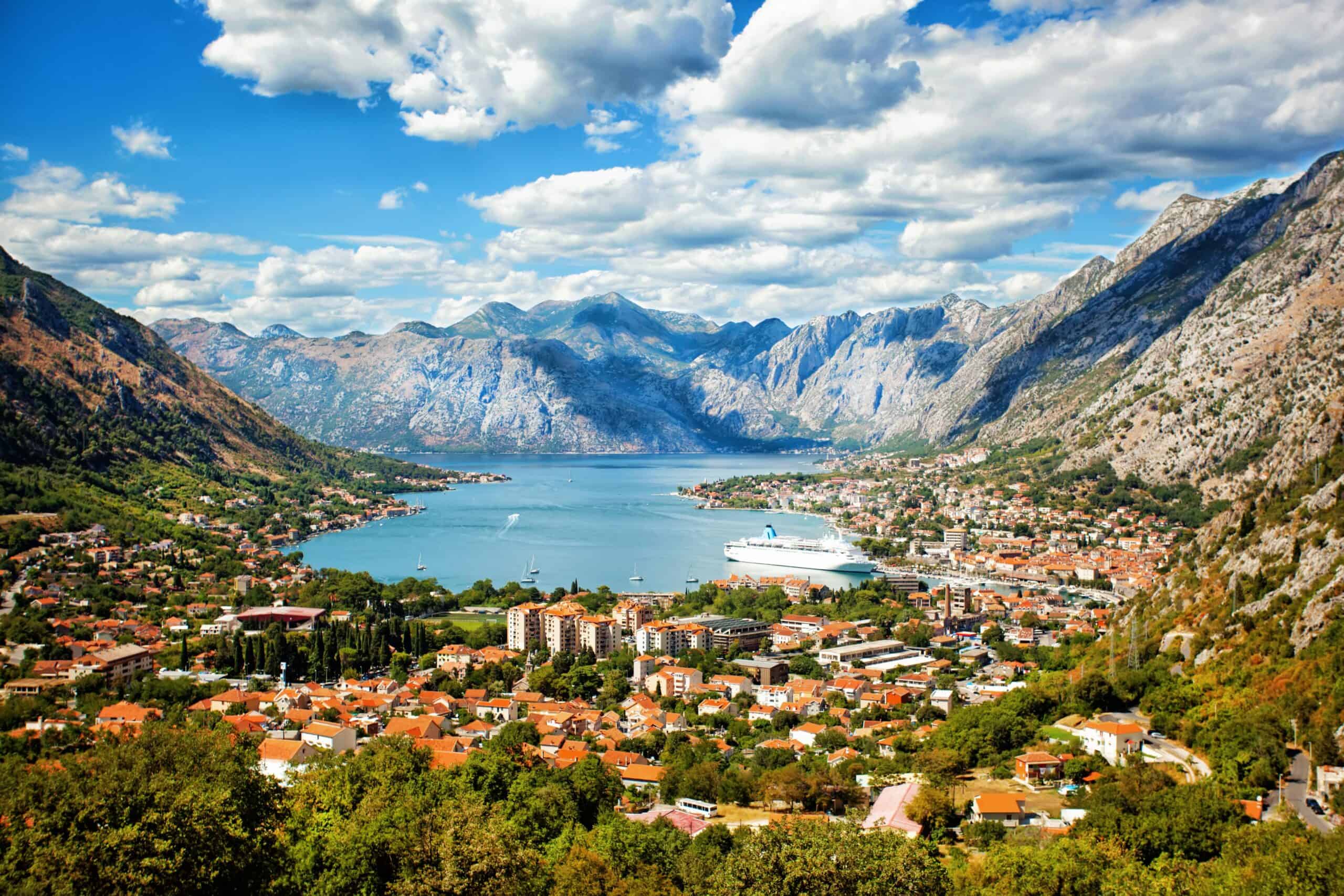
- Italian rule: 1941-43
- Montenegro was a part of Yugoslavia just north of Albania. Italy took it over during the war. Today it is an independent country.
11. Egypt
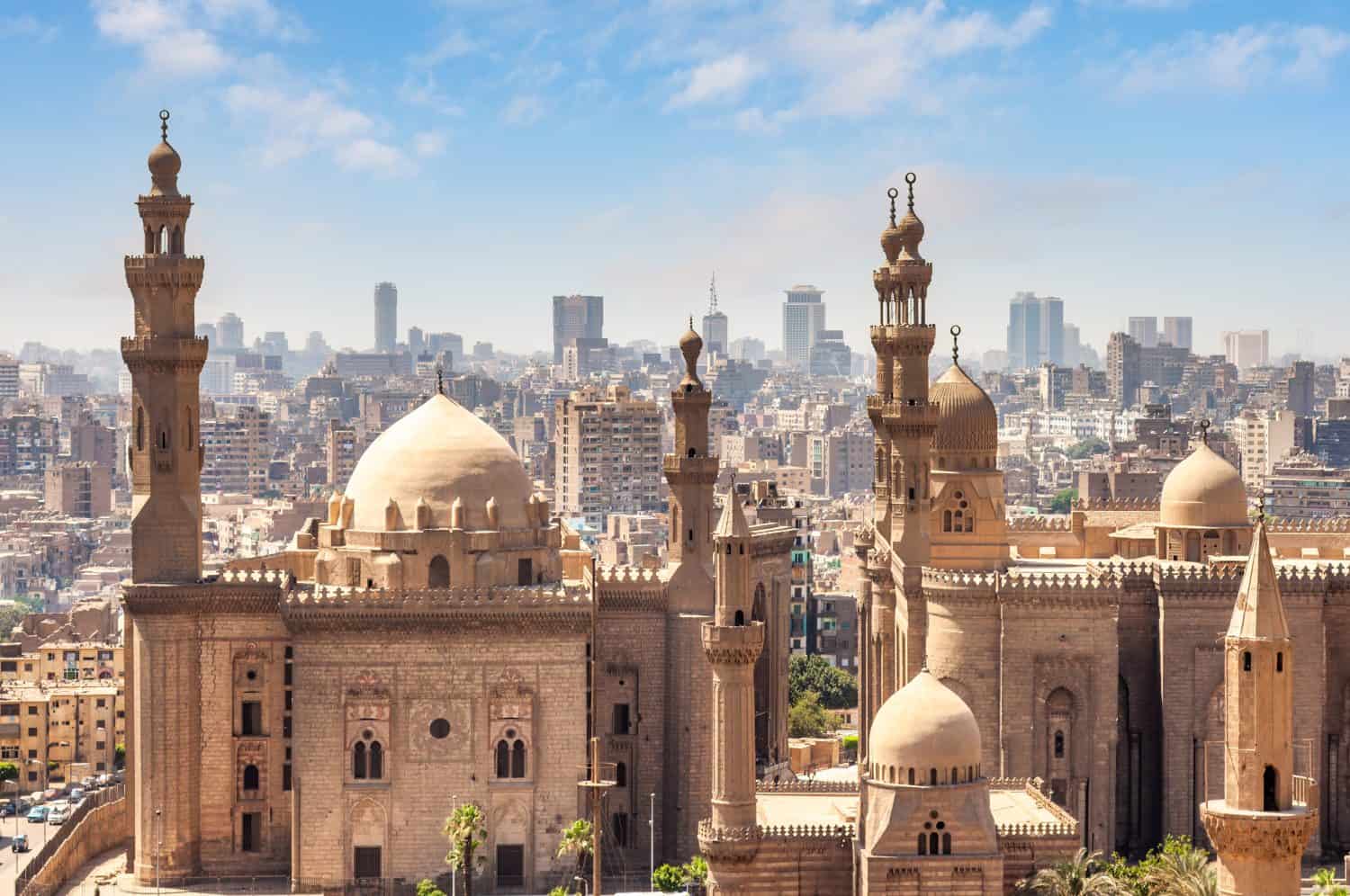
- Italian rule: 1940-43
- The Italians and Germans invaded Egypt from Libya but the Allies stopped their advance and turned them back in the desert before they could reach the most populated part of the country along the Nile and its delta.
The Fall of Mussolini
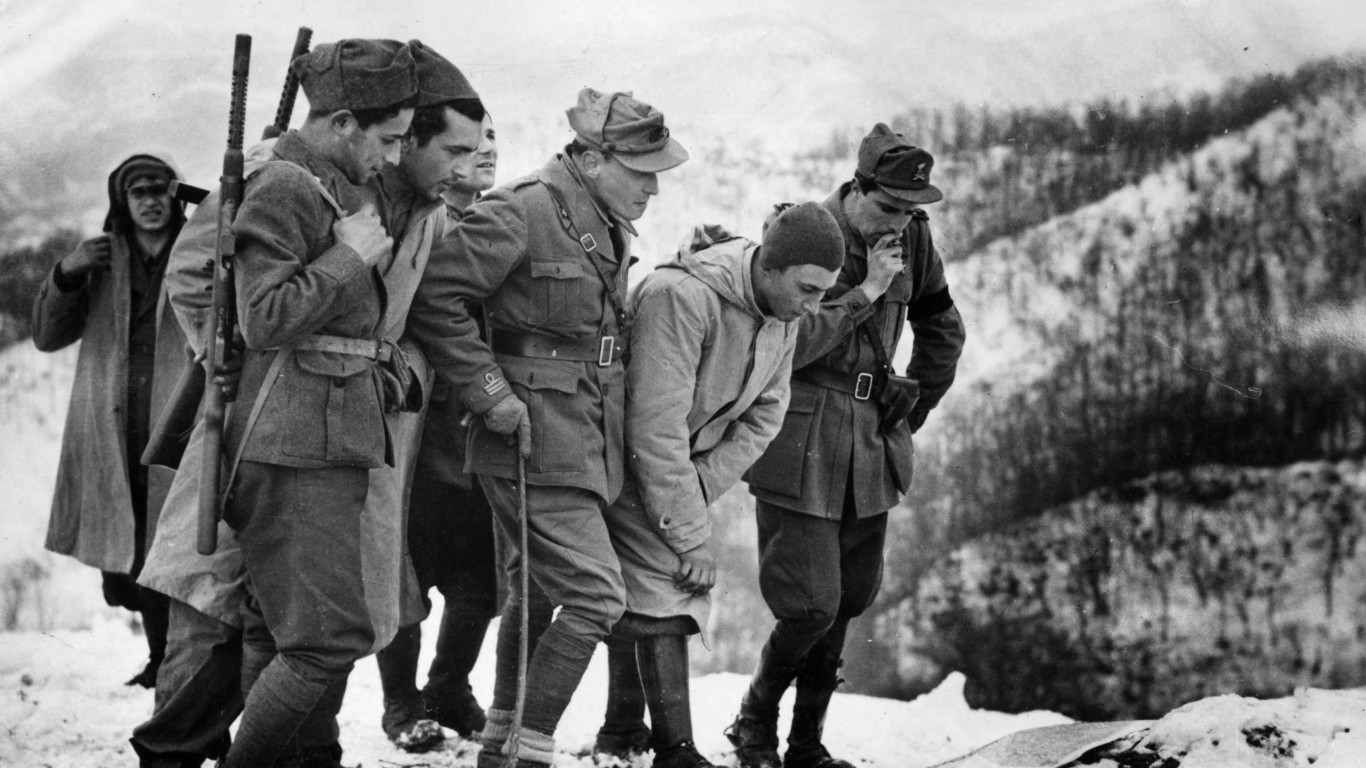
Italy was being defeated on several fronts by 1943 and lost support of the public and the rest of the leadership. Opponents in the government removed him in a coup that year and arrested him. The Germans rescued him and put him in charge of a puppet country in northern Italy. Southern Italy switched sides and, under Allied control, helped fight a campaign to liberate the rest of the country. Mussolini was captured by Italian partisans and executed along with his mistress in 1945.
Post-war Italy
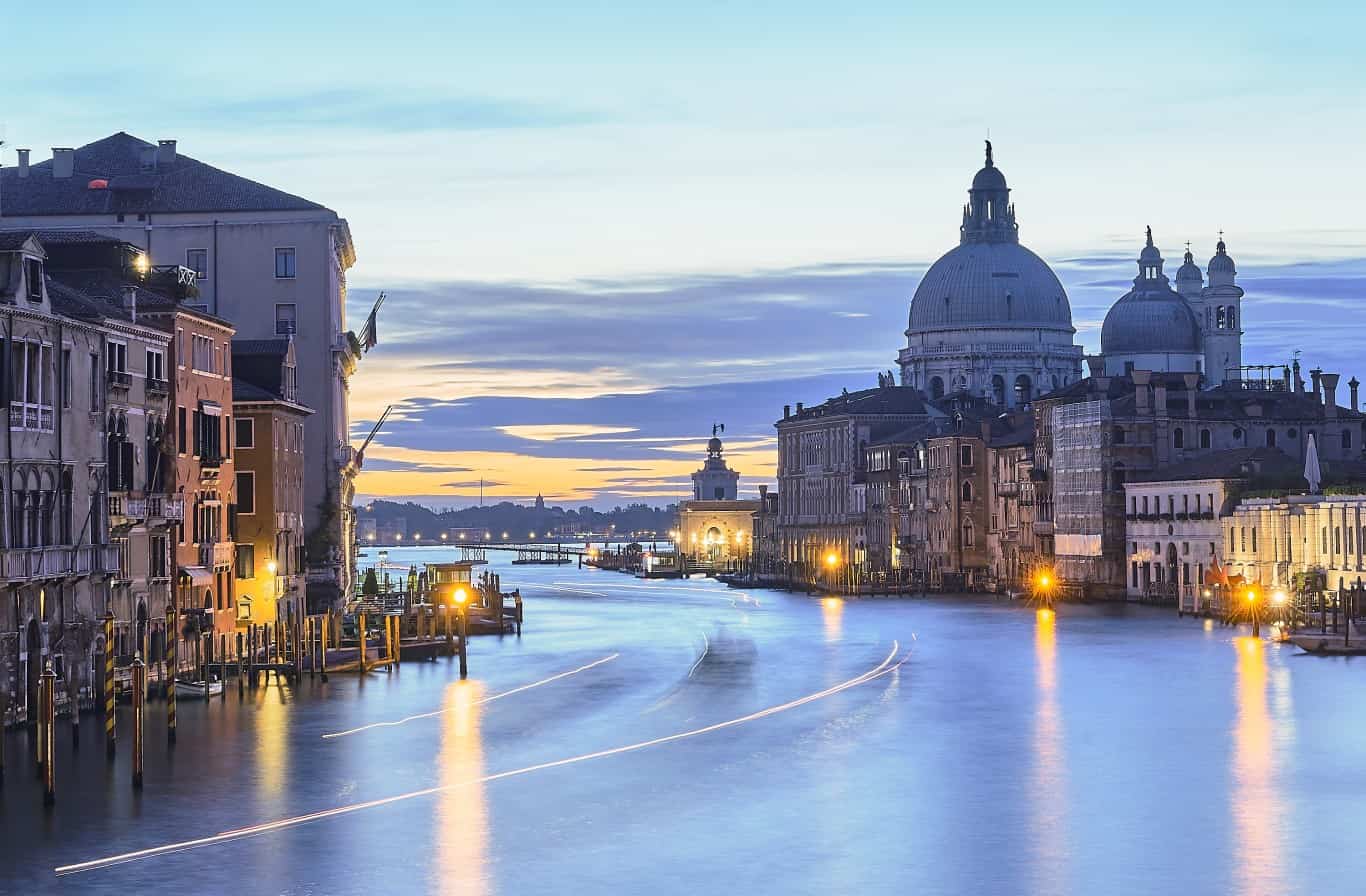
After the war, Italy rebuilt itself with American assistance through the Marshall Plan and became an integral part of western institutions like NATO and the European Union. To this day it hosts about 12,400 American troops to help protect the continent from the Soviet Union and now Russia.
In a sign of how much Italy is now a trusted ally, it participates in an American nuclear-weapons sharing program. In the event of war, Italian pilots have been trained to deliver nuclear payloads to their targets with activation codes the U.S. would provide. So while Italy does not have the empire Mussolini wanted, it is now part of the most powerful international alliance in history. And that’s a win.
Take Charge of Your Retirement In Just A Few Minutes (Sponsor)
Retirement planning doesn’t have to feel overwhelming. The key is finding expert guidance—and SmartAsset’s simple quiz makes it easier than ever for you to connect with a vetted financial advisor.
Here’s how it works:
- Answer a Few Simple Questions. Tell us a bit about your goals and preferences—it only takes a few minutes!
- Get Matched with Vetted Advisors Our smart tool matches you with up to three pre-screened, vetted advisors who serve your area and are held to a fiduciary standard to act in your best interests. Click here to begin
- Choose Your Fit Review their profiles, schedule an introductory call (or meet in person), and select the advisor who feel is right for you.
Why wait? Start building the retirement you’ve always dreamed of. Click here to get started today!
Thank you for reading! Have some feedback for us?
Contact the 24/7 Wall St. editorial team.
